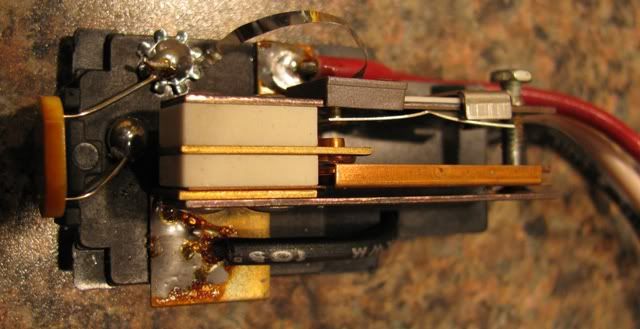Kdog76
Senior Member
- Location
- The Dairyland State
Had a customer ask me that yesterday. I told her that they are subject to failure but really what it is that causes it to stop working?
Had a customer ask me that yesterday. I told her that they are subject to failure but really what it is that causes it to stop working?
It's faced north to protect the sensitive nature of a copper ribbon layed on a plastic sheet or mylar (for the techno buff's). The ribbon of copper is worn down due to the movement on this sheet.
The circuit is balanced when created; the wear (of Sol) on the sensor element causes the imbalance thus tripping the light on, which it picked up by the electronic's.
Un-related; ok sudo related, look up "aged glass", Everything moves... One engineers to compensate.
: Not Googled!
Photoresistors come in many different types. Inexpensive cadmium sulfide cells can be found in many consumer items such as camera light meters, street lights, clock radios, alarms, and outdoor clocks.

I would think that typically the triac (solid state relay) which does the heavy lifting of turing on 120v with a load each time it is told to, would be the place where the thing wears out. Sort of like points in a car burning out over time due to arcing.
Solid state relays don't have contacts, they don't weld shut like someone else mentioned, and I don't think any that I've used have bimetallic strips. Please correct me if I'm wrong.
Solid state relays don't have contacts, they don't weld shut like someone else mentioned, and I don't think any that I've used have bimetallic strips. Please correct me if I'm wrong.
K8MHZ said:You are correct.
They use triacs, FETs or thyristors.

Solid state relays don't have contacts, they don't weld shut like someone else mentioned, and I don't think any that I've used have bimetallic strips. Please correct me if I'm wrong.

